|
1830
Railway Warehouse - Museum of Science & Industry
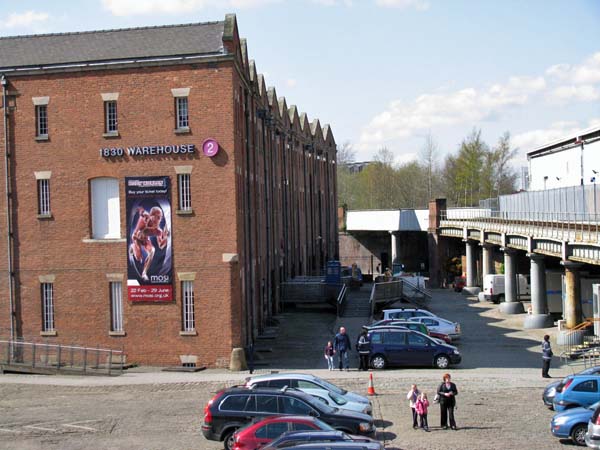 The Grade 1 listed
“1830 Warehouse” is part of the Museum of Science and
Industry which occupies a number of industrial
buildings on the site of the former railway yard
beside Liverpool Road in Castlefield. This
historic site was the terminus of the Liverpool and
Manchester Railway.
Close Window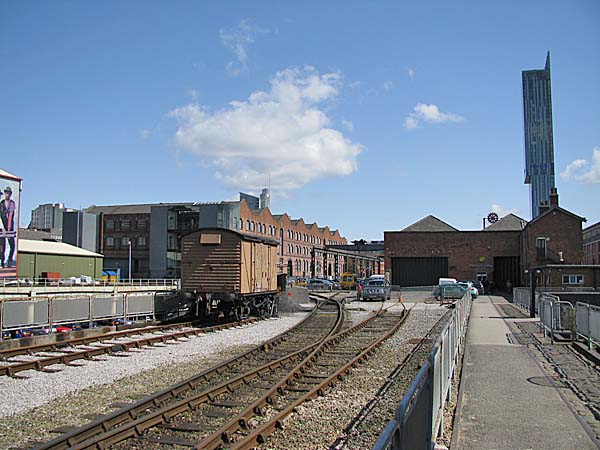 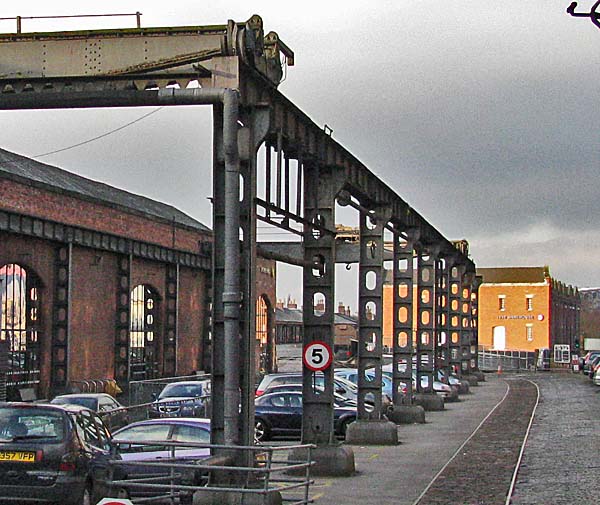 Across the tracks from the warehouse is the Grade 1 listed Liverpool Road Station (below) which when it was opened on the 15th of September, 1830, by the Duke of Wellington, was the fist passenger railway station in the World. 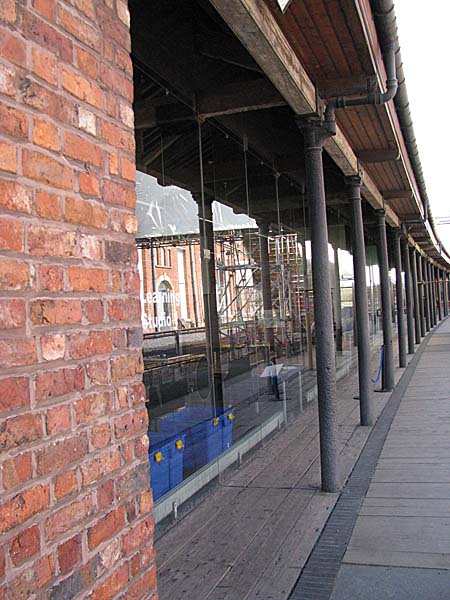 On 3 April 1830, the Liverpool & Manchester Railway Company placed a notice in the Manchester Guardian inviting tenders for the construction of five brick warehouses. What they got turned out to be one warehouse with 5 bays. The winning proposal was submitted by David Bellhouse Junior, the son of a leading local timber merchant. The Bellhouses lived in a house that still stands in Grosvenor Square in Manchester across from the park that was once the churchyard of All Saints Church. *********************
Below you can see the Bellhouse home today. It is being used by Manchester Metropoliatn University but back in 1910 it was converted by Thomas Worthington into the Manchester Ear Hospital and it continued in that role well into the 1960s. 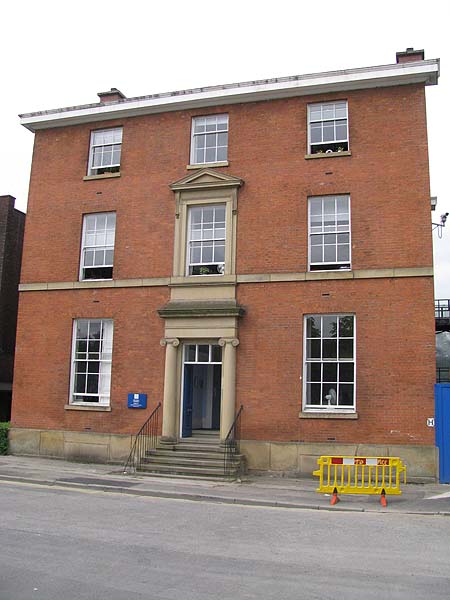 Below you can see the house across the park. 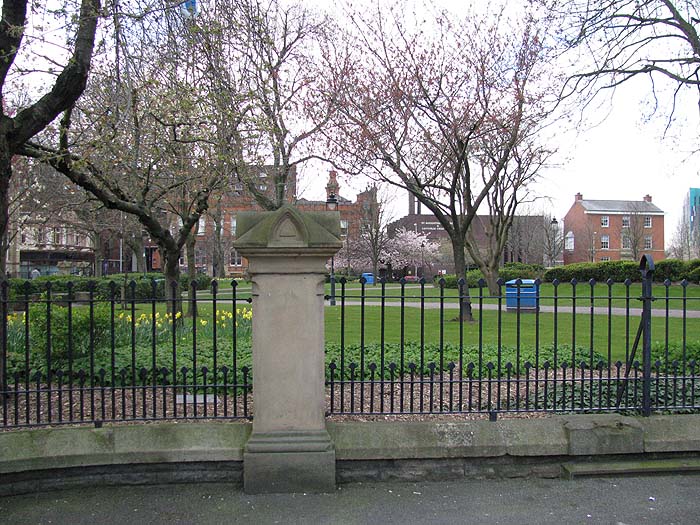 In the old postcard image below you can see the house just to the right of All Saints Church. 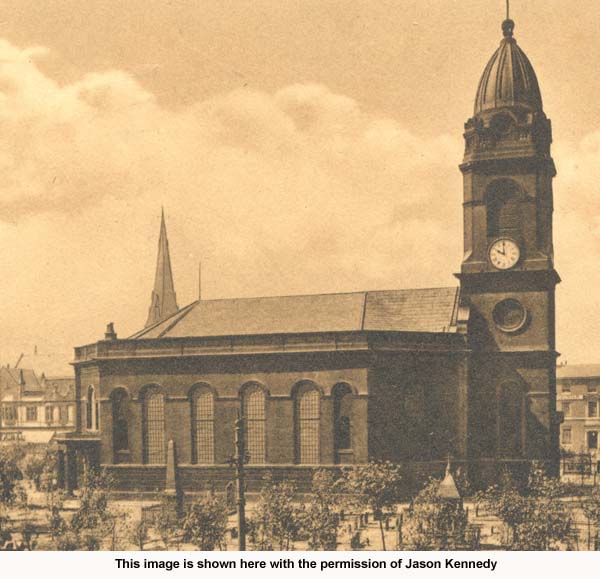 ******************* 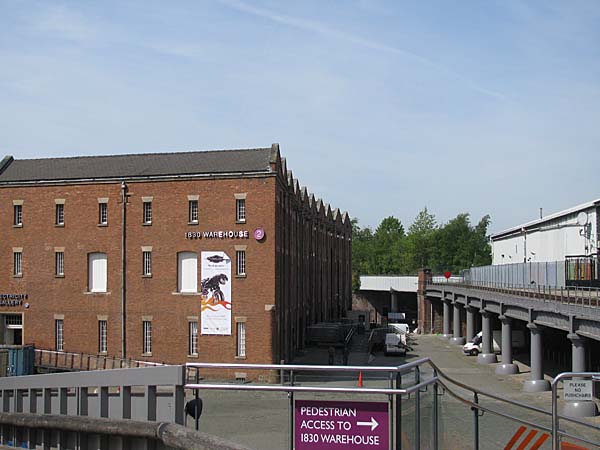 For a while cotton was stored in the 1830 Warehouse but by 1831 two cotton stores were built nearby and from then on goods kept here included corn, groceries, butter and spirits, meats, bananas, chemicals, and judging by the shells that were found in the warehouse it probably stored shellfish. The map segment below
comes from the 1849 map of the site.
Originally manual hoists were used to move goods in
and out but these were later replaced by steam powered
hoists and after 1880 hydraulic power was used.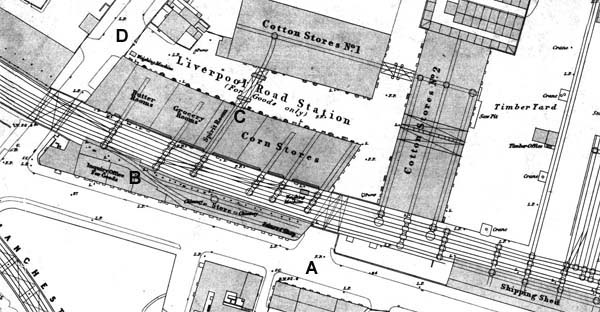
The aerial image below was taken in 1953 and you can see the warehouse in a still an operating goods yard. It continued to be used until 1975. 
|